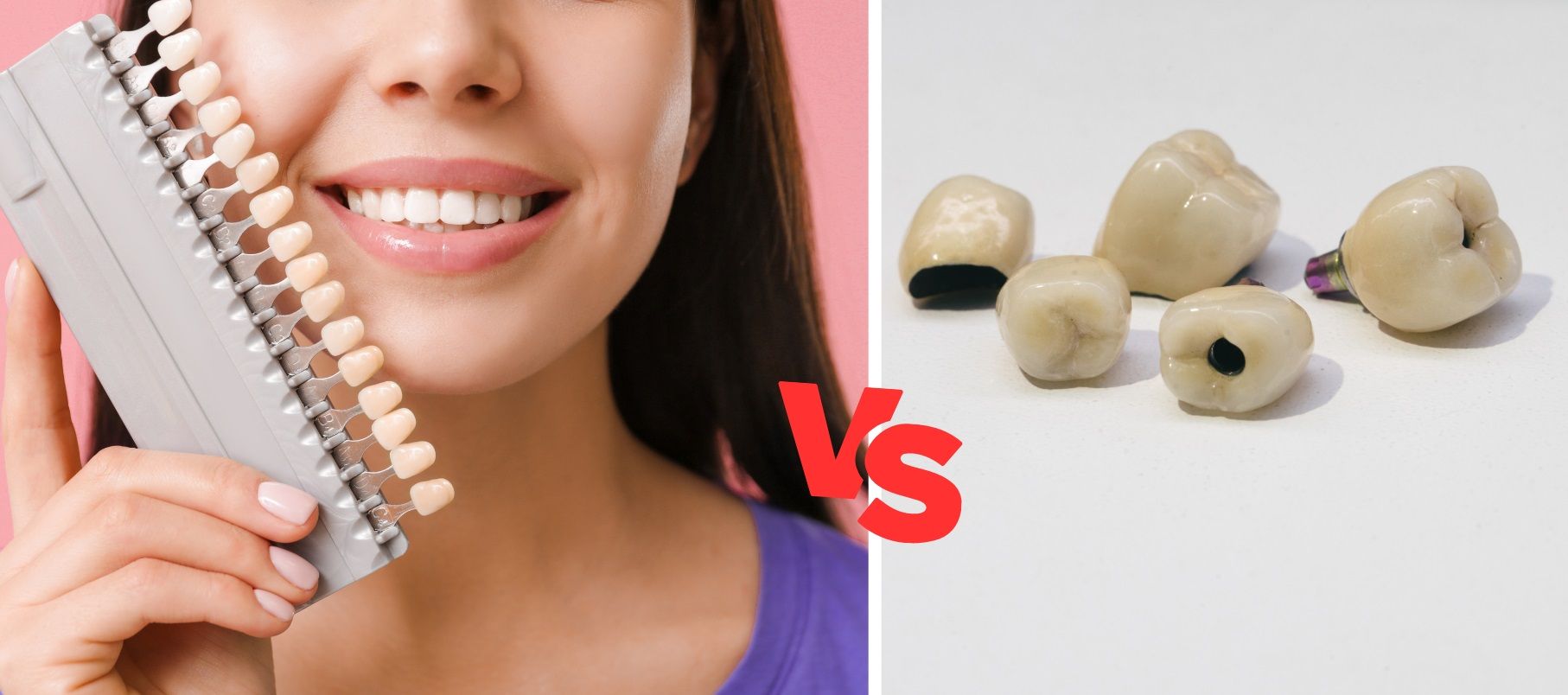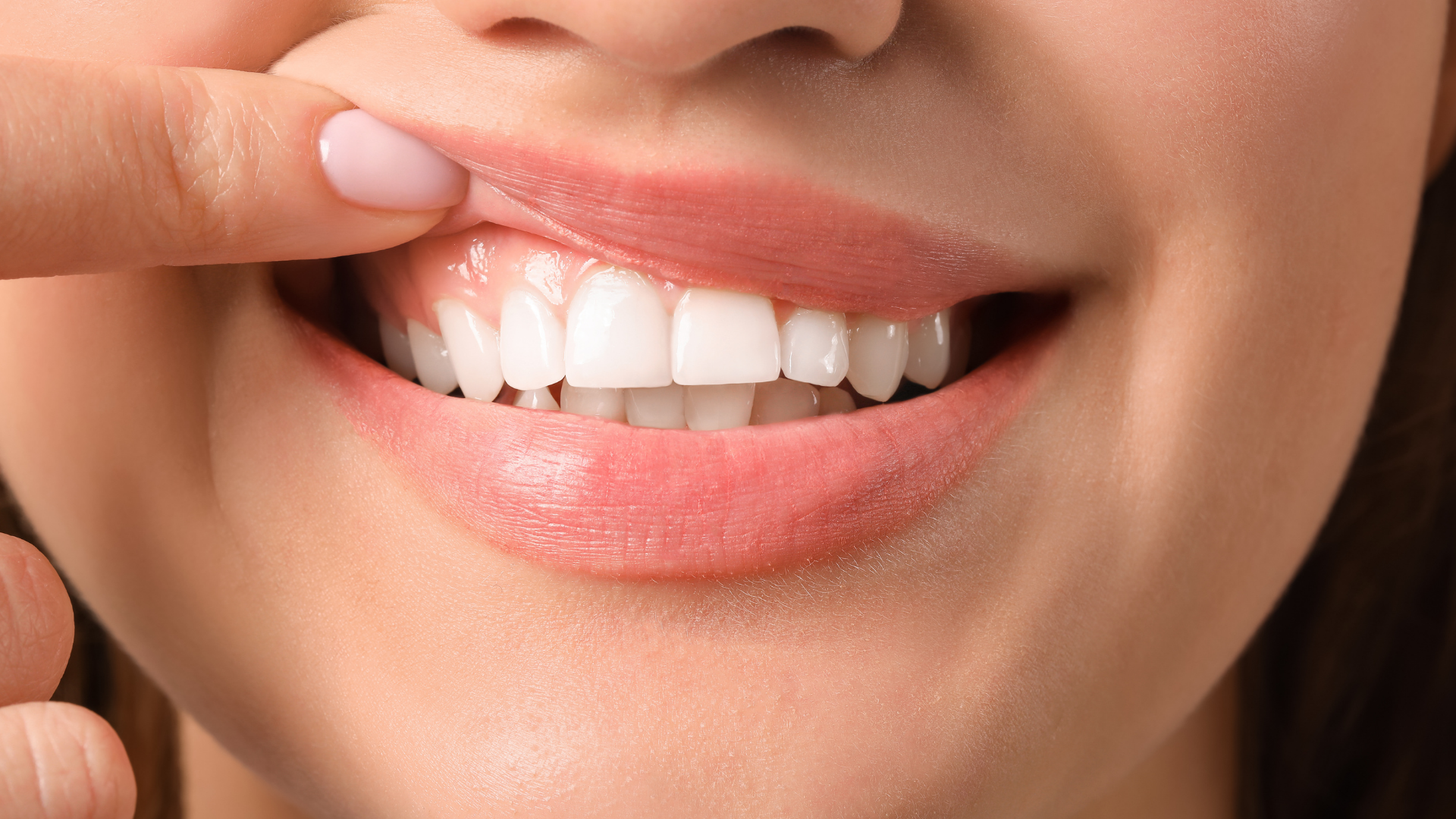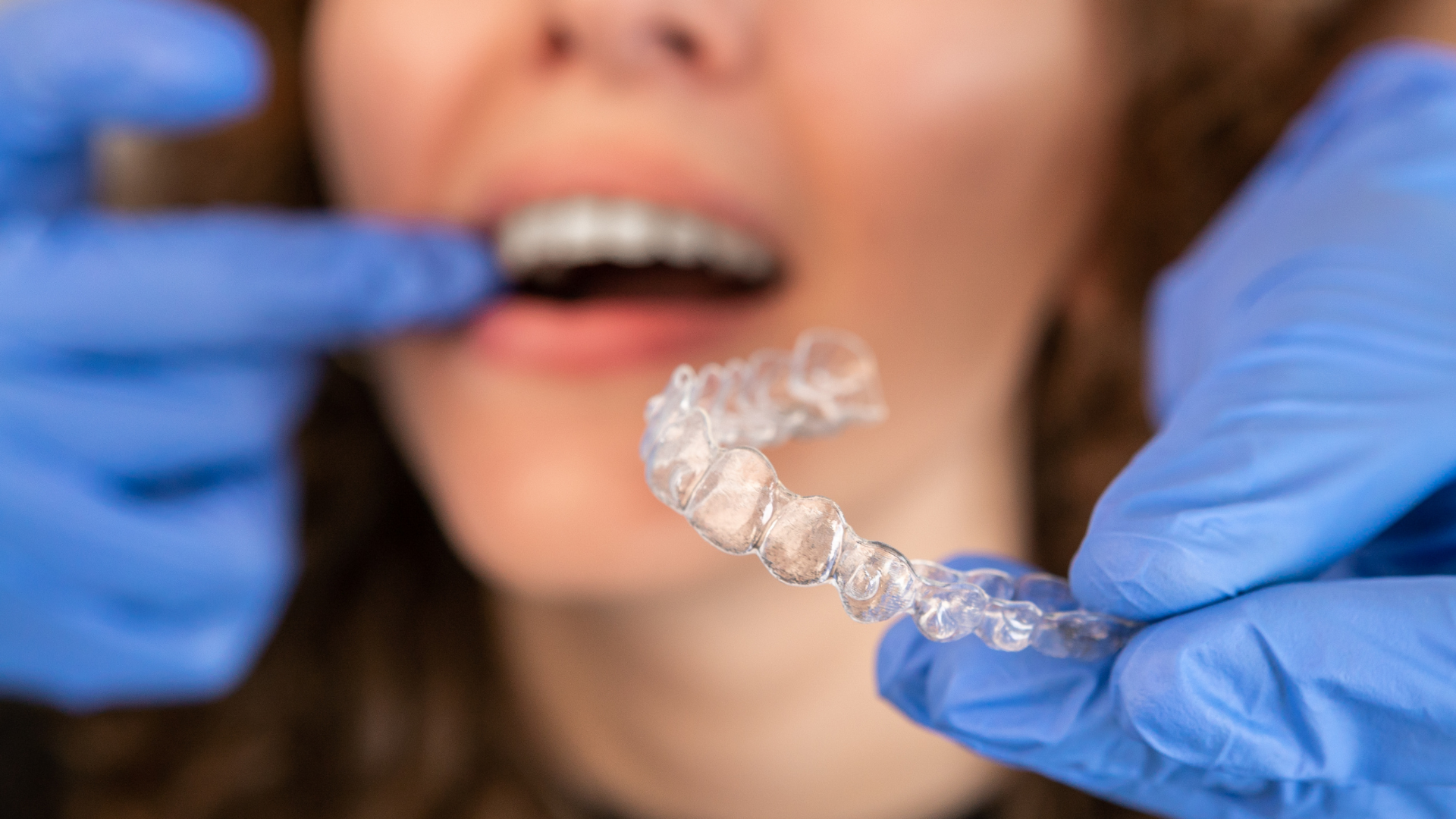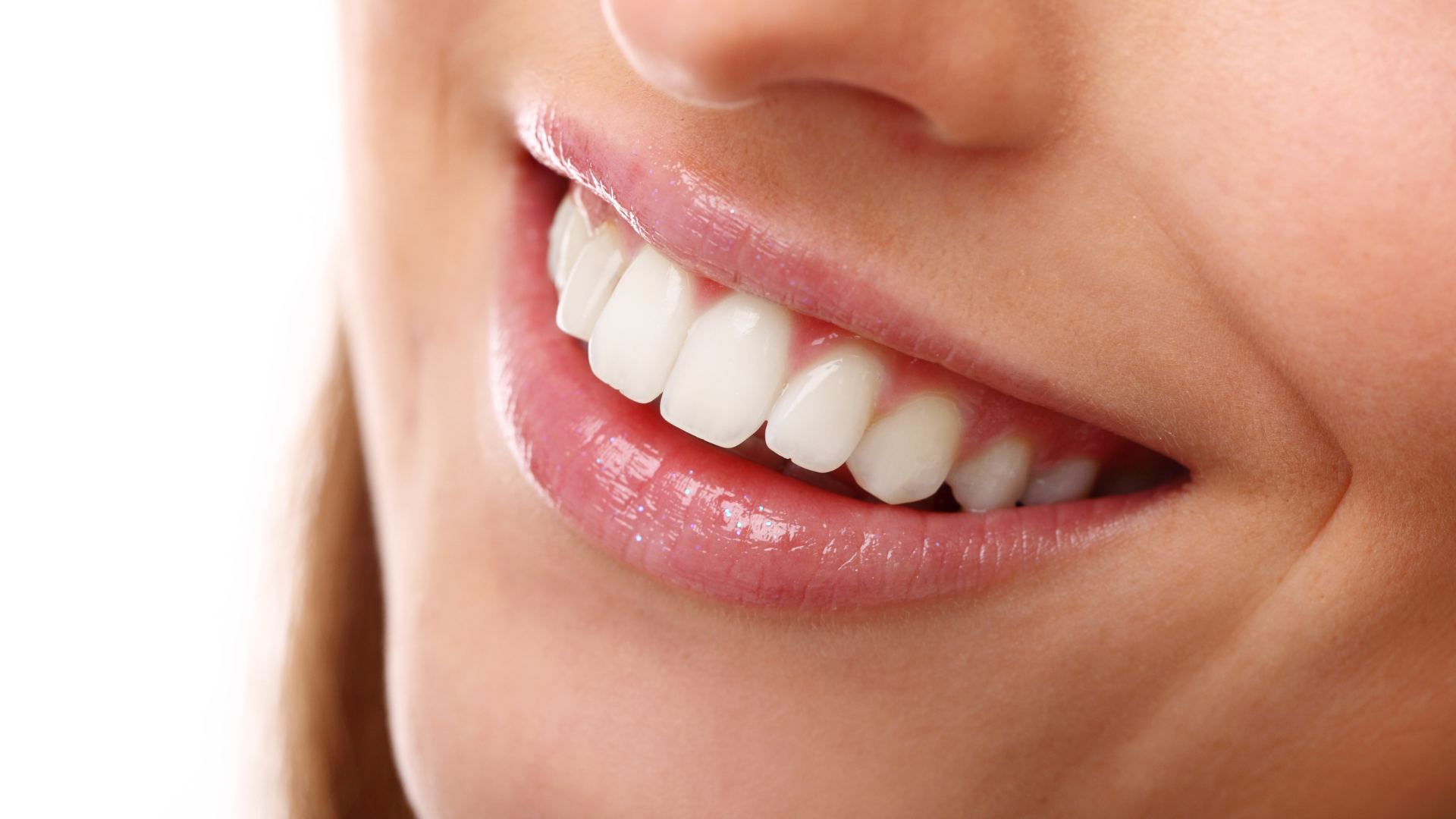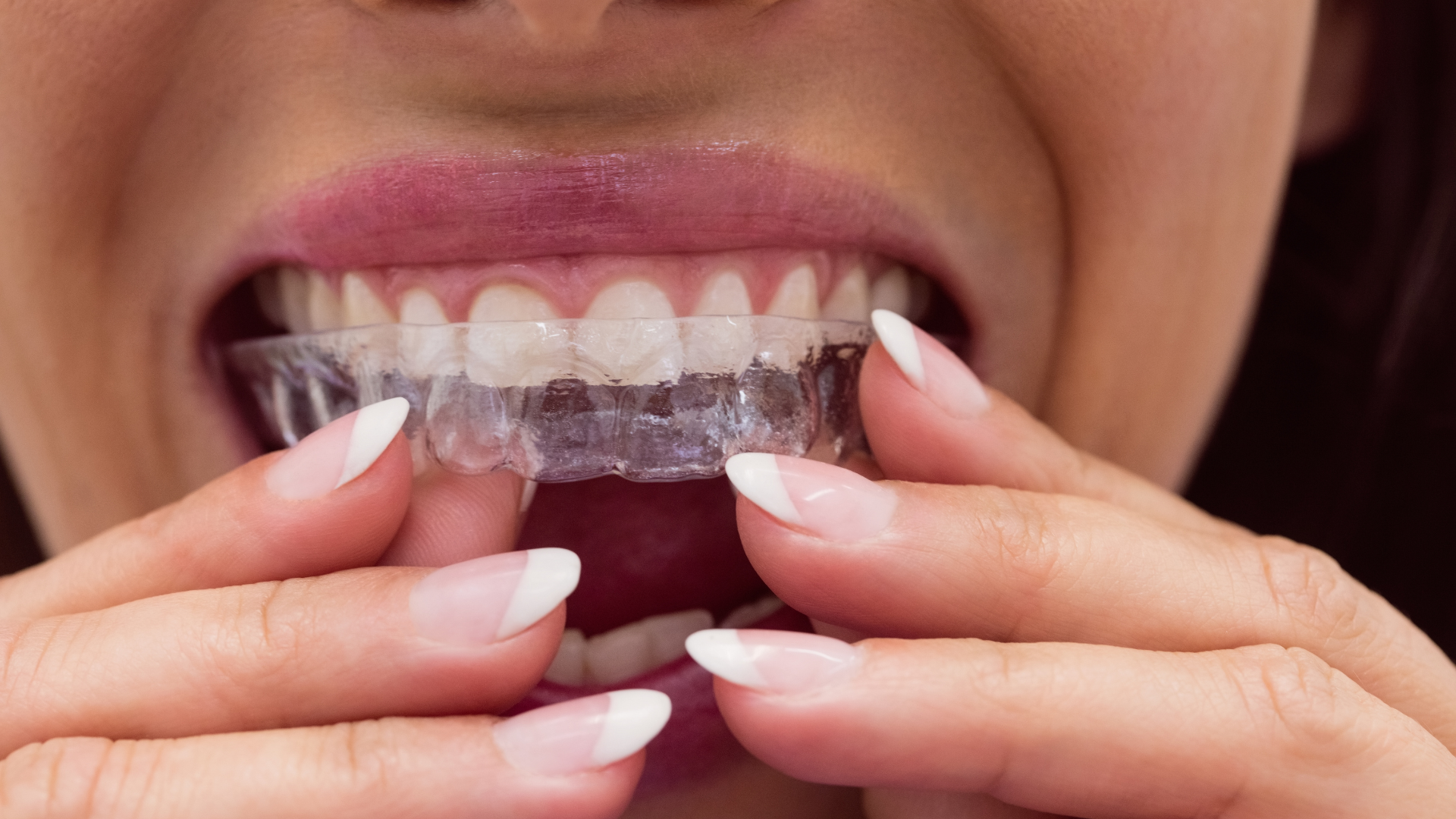Understanding Dental Veneers
Definition and Purpose
Dental veneers are a cosmetic dental procedure designed to improve the appearance of teeth by covering the front surface with a thin layer of material. They are primarily used to address issues such as discoloration, minor misalignments, chips, and gaps between teeth.
- Veneers offer a way to conserve tooth structure while still achieving a significant aesthetic enhancement.
- They are custom-made to fit the individual's teeth and are bonded to the tooth's surface.
Veneers serve both a functional and aesthetic purpose, providing not just a more attractive smile, but also a protective layer for the tooth's surface.
Materials Used in Veneers
Dental veneers are typically made from two types of materials: porcelain and composite resin. Porcelain veneers are popular due to their durability and ability to mimic the natural translucency of tooth enamel. They are custom-made in a dental laboratory, which allows for a high degree of customization in color and shape.
Composite resin veneers are a more cost-effective option and can be applied in a single visit. These veneers are sculpted directly onto the teeth and can be easily repaired if damaged.
- Porcelain veneers: Durable, natural-looking, custom-made
- Composite resin veneers: Cost-effective, single-visit application, easily repaired
While both materials have their advantages, the choice between porcelain and composite resin veneers will depend on the patient's specific needs, aesthetic goals, and budget.
The Procedure for Getting Veneers
The journey to a brighter smile with dental veneers begins with a preliminary consultation, where your dentist will assess your teeth and discuss the desired outcome. Preparation is minimal, often involving the removal of a small amount of tooth enamel to accommodate the veneer.
- Initial consultation and dental examination.
- Selection of veneer color and material.
- Slight reshaping of the tooth surface.
- Taking an impression of your teeth.
- Temporary veneers may be placed.
- Fabrication of the custom veneers in a dental lab.
- Final fitting and adjustments.
- Bonding the veneers to your teeth with a special adhesive.
Once the veneers are ready, a second appointment is scheduled for the fitting. The dentist will ensure a perfect match in color and fit before permanently bonding them to your teeth. > Aftercare is straightforward, requiring only good oral hygiene practices and regular dental check-ups to maintain the veneers' appearance and longevity.
Maintenance and Care
Proper maintenance and care are crucial for the longevity of dental veneers. Regular dental hygiene practices, such as brushing twice a day and flossing daily, are essential to prevent decay and gum disease around the veneers. It's also important to avoid using your teeth as tools to prevent chipping or damaging the veneers.
- Avoid biting into hard foods directly with your veneers.
- Do not use abrasive toothpaste that can wear down the polish of the veneers.
- Schedule regular dental check-ups to monitor the condition of your veneers.
Remember, while veneers are stain-resistant, they are not stain-proof. Limiting consumption of stain-inducing beverages like coffee, tea, and red wine can help maintain their pristine appearance.
Exploring Dental Crowns
What Are Dental Crowns?
Dental crowns are a form of restorative dentistry designed to protect, cover, and restore the shape of your teeth when fillings don't solve the problem. They act as a cap that is placed over a damaged or decayed tooth, enhancing its appearance and strength.
- Crowns are typically used when a tooth is extensively decayed or fractured.
- They are also employed to protect a tooth after a root canal procedure.
- Crowns can serve as anchors for a dental bridge or cover a dental implant.
Dental crowns are customized to match the color, size, and shape of your natural teeth, providing a seamless look. They not only improve the functionality of your bite but also offer a cosmetic improvement, blending indistinguishably with your existing teeth.
Types of Materials for Crowns
Dental crowns can be made from a variety of materials, each with its own set of benefits and considerations. Porcelain or ceramic crowns are popular for their natural appearance and are often used for front teeth. Metal crowns, including gold, nickel, chromium, and palladium, are known for their durability and are typically used for molars that endure heavy chewing.
- Porcelain-fused-to-metal (PFM) crowns offer a combination of strength and aesthetics, with a metal base covered by a layer of porcelain.
- Zirconia crowns are becoming increasingly popular due to their strength and excellent aesthetic match to natural teeth.
- E-Max crowns, made from lithium disilicate glass-ceramic, provide an exceptional translucency and are highly aesthetic.
The choice of material for a dental crown should be based on the location of the tooth, the function it serves, and the patient's aesthetic preferences. Each material has its own unique properties that can influence the crown's performance and longevity.
The Dental Crown Procedure
The procedure for placing dental crowns is a multi-step process that ensures a custom fit and natural appearance. Initially, the dentist prepares the tooth by reshaping it to accommodate the crown. This involves removing a portion of the tooth's outer layer to create space for the crown to fit seamlessly.
- Impressions of the prepared tooth are taken, either with traditional dental putty or digital scanning technology. These impressions are crucial as they are used to create a crown that precisely matches the tooth's dimensions.
- The dentist will then place a temporary crown to protect the prepared tooth while the permanent crown is being fabricated in a dental lab.
- Once the permanent crown is ready, the temporary crown is removed, and the new crown is carefully fitted and adjusted. The dentist checks the fit and bite before permanently cementing the crown in place.
Patients looking for crowns in San Diego can expect state-of-the-art technology and skilled dental professionals to ensure a comfortable and successful procedure. The final result is a restored tooth that looks, feels, and functions like a natural tooth.
The success of a dental crown procedure is not just in the restoration itself but also in the meticulous preparation and precise fitting that provide a durable and aesthetically pleasing result.
Caring for Your Dental Crowns
Proper maintenance of dental crowns is essential for their longevity and functionality. Regular brushing and flossing are as important for crowned teeth as for natural ones. Avoiding hard and sticky foods can prevent damage to the crown. It's also advisable to schedule regular dental check-ups to ensure the crown and surrounding gums remain healthy.
- Brush at least twice a day with a fluoride toothpaste.
- Floss daily to remove plaque from around the crown.
- Use an antibacterial mouthwash to help fight plaque bacteria.
- Avoid chewing ice or other hard objects that could crack the crown.
Remember, while crowns are designed to be durable, they are not indestructible. Treat them with the same care you would your natural teeth.
Comparing Veneers and Crowns
Differences in Applications
Dental veneers and crowns serve different purposes in restorative and cosmetic dentistry. Veneers are primarily used for cosmetic improvements, such as correcting the color, size, and shape of teeth. They cover only the front surface of the tooth and are ideal for treating teeth that are fundamentally healthy but have aesthetic flaws.
- Crowns, on the other hand, are used when a tooth is significantly damaged or decayed. They encapsulate the entire tooth, providing structural support and protecting it from further damage.
While both veneers and crowns can improve the appearance of teeth, crowns are also essential for restoring function and preventing the loss of a compromised tooth.
Longevity and Durability
Dental veneers typically last between 7 to 15 years before they need to be replaced, whereas dental crowns can last up to 15 years or more, depending on the material used and how well they are maintained.
- Veneers are less invasive and require less tooth structure removal than crowns, which may affect their longevity.
- Crowns encase the entire tooth and are therefore better suited for teeth that have undergone significant damage or decay.
- The durability of both veneers and crowns is influenced by factors such as oral hygiene practices, dietary habits, and teeth grinding.
While both options are durable, the choice between veneers and crowns should consider the extent of tooth damage and the desired longevity of the restoration.
Aesthetic Outcomes
When considering the aesthetic outcomes of dental veneers and crowns, it's important to recognize that both options are designed to improve the appearance of teeth. Veneers are primarily used for cosmetic enhancements, offering a way to correct discoloration, minor misalignments, and chips. They cover only the front surface of the tooth, providing a new facade that can be tailored in color and shape to match the surrounding teeth for a natural look.
- Dental crowns, on the other hand, encase the entire tooth and are often used when there is significant damage or decay. While they also improve the tooth's appearance, their primary purpose is restorative. Crowns can be made to mimic the look of natural teeth, but achieving the same translucency and fine detail as veneers can be more challenging.
The choice between veneers and crowns for aesthetic enhancement should be made after considering the extent of tooth modification needed and the desired final appearance.
Cost Considerations
When comparing dental veneers and crowns, cost is a significant factor for many patients. The price of these dental treatments can vary widely based on several factors, including the material used, the complexity of the procedure, and geographic location.
- Veneers are often less expensive than crowns because they require less tooth material to be removed and are typically used for cosmetic purposes.
- Crowns, on the other hand, are generally more costly due to the extensive preparation needed and their use in restoring teeth that have suffered significant damage or decay.
It's important to remember that while cost is an essential consideration, the long-term health and functionality of your teeth should be the priority.
Insurance coverage can also play a role in the overall cost. Some insurance plans may cover a portion of the cost for crowns, especially if the procedure is deemed medically necessary, whereas veneers are often considered a cosmetic procedure and may not be covered. Patients should consult with their dental professionals and insurance providers to get a clear understanding of the expected costs and coverage options.
Making the Right Choice for Your Teeth
Assessing Your Dental Needs
Before deciding between dental veneers and crowns, it's crucial to evaluate the current state of your oral health and the specific issues you wish to address. Consider the extent of tooth damage, discoloration, and alignment issues to determine which option is more suitable for your situation.
- Assess the condition of your teeth, including any decay, chips, or cracks.
- Examine the level of discoloration or staining that you wish to correct.
- Consider the alignment of your teeth and whether you have gaps or misshapen teeth that need attention.
Each dental solution is tailored to address different types of dental concerns. Veneers are often the choice for cosmetic enhancements, while crowns provide a restorative solution for more extensively damaged teeth.
Understanding your dental needs is the foundation for making an informed decision. Discussing these aspects with your dentist will help you to understand the potential outcomes and limitations of each treatment option.
Consulting with Your Dentist
Before making a decision between dental veneers and crowns, it's crucial to consult with a professional dentist in Palo Alto. They can provide a comprehensive examination and suggest the most suitable option based on the condition of your teeth and your aesthetic goals.
- Discuss your dental history and any concerns you have.
- Ask about the pros and cons of each option.
- Inquire about the expected longevity and maintenance requirements.
Your dentist will help you understand the implications of each treatment and how they fit into your overall dental health plan. It's important to have a clear and open dialogue to ensure that your choice aligns with your long-term dental well-being.
Weighing the Pros and Cons
When considering dental veneers or crowns, it's crucial to weigh the pros and cons of each option to make an informed decision. Veneers are less invasive and preserve more of your natural tooth structure, but they may not be suitable for teeth that require significant restoration. On the other hand, crowns encompass the entire tooth and provide a stronger solution for severely damaged teeth.
- Veneers are typically used for cosmetic enhancements, correcting minor imperfections such as chips, gaps, or discoloration.
- Crowns are often recommended for teeth that have undergone root canals, have large fillings, or are broken.
Both options can improve the appearance of your teeth, but the choice depends on the condition of your teeth and your desired outcome.
Consider the longevity and maintenance of each option. Veneers usually last 7 to 15 years, while crowns can last up to 15 years or more with proper care. The cost can also be a deciding factor, as veneers are generally less expensive than crowns. However, insurance coverage and payment plans can vary, so it's important to discuss these aspects with your dentist.
Considering Your Lifestyle and Habits
When choosing between dental veneers and crowns, it's crucial to consider how your lifestyle and habits might affect your decision. Your daily routine and the care you're willing to commit to can influence the longevity and appearance of your dental work.
- If you frequently consume foods and drinks that can stain teeth, such as coffee or red wine, veneers might require more attention to maintain their color.
- For those who engage in contact sports or have habits like teeth grinding, crowns may offer more protection due to their full coverage and strength.
- Consider your willingness to avoid certain hard foods that could damage veneers or crowns.
The best dental solution should fit seamlessly into your life, enhancing not only your smile but also your overall well-being and confidence.
Ultimately, your daily habits and personal care routine are key factors in determining which dental option will serve you best. Reflect on your lifestyle and discuss with your dentist how it might impact your choice between veneers and crowns.
Case Studies and Patient Testimonials
Success Stories with Veneers
The transformative power of porcelain veneers is vividly showcased in the smiles of patients from Palo Alto. These individuals, seeking to enhance their dental aesthetics, have turned to porcelain veneers for a solution that is both immediate and striking.
- Patients report a significant boost in confidence after their veneer procedures, noting the natural look and feel of the porcelain enhancements.
- Many have remarked on the minimal invasiveness of the procedure, contrasting it with other dental restoration options.
- The durability and ease of maintenance are also frequently cited benefits, contributing to the overall satisfaction with porcelain veneers Palo Alto.
The success stories are not just about improved smiles; they reflect a deeper change in quality of life and self-perception.
Transformations with Dental Crowns
Dental crowns have the power to completely transform a smile that has been affected by damage or decay. Patients often report a significant boost in confidence and satisfaction with their appearance after the procedure.
- Restoring a tooth's shape and size
- Improving overall oral function
- Enhancing the aesthetic appeal of teeth
The impact of dental crowns goes beyond aesthetics; they restore functionality and protect against further damage, ensuring a healthy smile for years to come.
Each transformation is unique, as dental crowns are customized to match the natural color and contour of the patient's existing teeth. The result is a seamless integration that can rejuvenate not just a single tooth, but an entire dental arch.
Patient Satisfaction and Feedback
Patient satisfaction and feedback are crucial indicators of the success and acceptance of dental treatments. Most patients report a significant boost in confidence and satisfaction with their smile after receiving veneers or crowns.
- Patients often praise the natural appearance and comfort of their new dental work.
- Feedback commonly highlights the positive impact on both aesthetics and functionality.
- Some patients may note the adjustment period necessary for speaking and chewing.
While the majority of feedback is positive, it is important to acknowledge that individual experiences can vary, and not all treatments have the same outcome for every patient.
Ensuring clear communication with the dentist about expectations and concerns is often reflected in more positive patient testimonials. Regular follow-ups and adherence to care instructions contribute to the long-term satisfaction with the chosen dental solution.
Long-Term Results and Follow-Up Care
The longevity of dental restorations like veneers and crowns is a testament to the advancements in dental technology and materials. Patients often experience a significant improvement in dental function and aesthetics that can last for many years. However, the durability of these solutions also hinges on the quality of the initial procedure and the patient's commitment to follow-up care.
- Regular dental check-ups are crucial for monitoring the condition of veneers and crowns.
- Good oral hygiene practices help maintain the integrity of the restorations.
- Avoiding habits that can damage dental work, such as biting on hard objects, is essential for preservation.
The success of dental restorations is not solely measured by their immediate appearance or function, but by their ability to withstand the test of time and maintain patient satisfaction.
Patients should be aware that while veneers and crowns are durable, they may eventually need to be replaced. This is a normal part of the life cycle of any dental restoration. Being proactive about oral health and adhering to the dentist's recommendations can extend the lifespan of these dental investments.
Frequently Asked Questions
What is the main difference between dental veneers and dental crowns?
The main difference is that veneers cover only the front surface of the tooth to improve aesthetics, while crowns encase the entire tooth, providing both cosmetic improvement and structural reinforcement.
Are dental veneers or crowns more durable?
Dental crowns are generally more durable than veneers because they cover the entire tooth and are made from stronger materials. However, the longevity of both options depends on the materials used and how well they are maintained.
Can veneers be used to fix severely damaged teeth?
Veneers are best suited for cosmetic enhancements and minor structural improvements. Severely damaged teeth may require a dental crown for full protection and restoration.
How long does the procedure for getting veneers or crowns take?
The procedure for getting veneers or crowns typically requires two to three visits over a few weeks. The first visit is for preparation and impressions, and subsequent visits are for fitting and adjustments.
How do I know if I need a veneer or a crown?
The choice between a veneer and a crown depends on the condition of your teeth and your cosmetic goals. Your dentist can assess your dental needs and recommend the best option for you.
Are dental veneers or crowns covered by insurance?
Coverage for dental veneers or crowns varies by insurance plan. Many plans consider veneers a cosmetic procedure and may not cover them, while crowns are often covered because they are deemed necessary for dental health.

